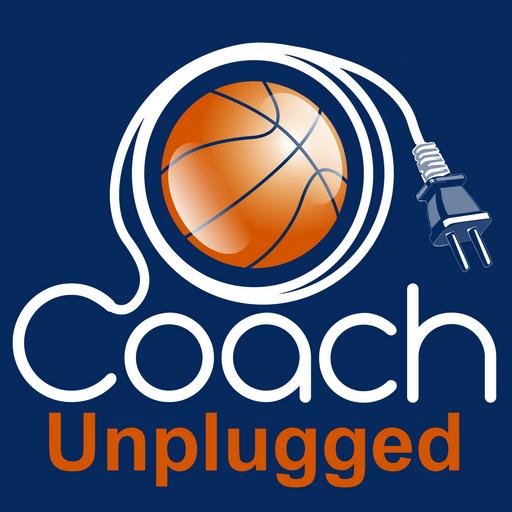
1 Aug 2025 11:09
Ep 2664 End of Summer Development
The "End of Summer Development" for basketball players typically refers to a crucial period where athletes aim to consolidate gains made over the summer and prepare for the upcoming fall and winter seasons, which often include tryouts, practices, and games. This phase is characterized by a strategic shift in training focus, moving from broad summer conditioning to more specific, basketball-centric preparation. Here's a breakdown of common elements in an End of Summer Development plan: 1. Skill Refinement and Integration:
* Drill Work: Intensified focus on fundamental skills like shooting form, dribbling control, passing accuracy, and defensive footwork. This often involves high-repetition drills to build muscle memory.
* Game-Situational Drills: Transitioning from isolated skill work to drills that mimic in-game scenarios (e.g., 3-on-3 full-court, 5-on-5 half-court with specific offensive/defensive objectives). This helps players apply skills under pressure and improve decision-making.
* Weakness Identification & Improvement: Players and coaches should identify individual weaknesses observed during the summer (e.g., left-hand dribbling, free throw shooting, defensive closeouts) and dedicate specific time to improving these areas. 2. Physical Preparation and Conditioning:
* Sport-Specific Conditioning: Moving away from general aerobic conditioning to more basketball-specific bursts of activity, including sprints, suicides, plyometrics (box jumps, hurdle hops), and agility drills (cone drills, ladder drills). The goal is to improve anaerobic capacity and the ability to perform repeated high-intensity efforts.
* Strength Maintenance/Peak: Maintaining the strength gains made during earlier summer weight training. The focus might shift from heavy lifting to more power-based exercises or reducing volume slightly to allow for recovery while maintaining strength.
* Injury Prevention: Increased emphasis on flexibility, mobility, and pre-habilitation exercises to prevent common basketball injuries. This includes dynamic warm-ups, static stretches, foam rolling, and targeted exercises for joints like ankles, knees, and shoulders. 3. Mental Preparation and Strategy:
* Basketball IQ Development: Watching film (both personal and professional), discussing strategies, understanding offensive sets and defensive schemes.
* Mental Toughness: Developing resilience, focus, and the ability to perform under pressure. This can involve competitive drills, challenging conditioning sessions, and visualization techniques.
* Team Dynamics (if applicable): If a player is already with a team, this period might involve team-building activities, early practices focused on establishing team chemistry, and introducing basic offensive/defensive principles. 4. Recovery and Nutrition:
* As training intensity increases, proper recovery becomes even more critical. This includes adequate sleep, active recovery sessions, and proper nutrition to fuel workouts and aid muscle repair. Hydration is also paramount. Why is End of Summer Development Important? Bridge to Season: It serves as a crucial bridge between the less structured summer training and the demanding in-season schedule. Peak Performance: Helps players reach peak physical and mental condition just in time for tryouts and the start of competitive play. Injury Reduction: Proper conditioning and preparation reduce the risk of early-season injuries. Confidence Building: Mastering skills and feeling physically ready boosts a player's confidence entering the new season. In essence, the "End of Summer Development" is about putting all the pieces together – refining skills, peaking physical conditioning, and sharpening mental focus – to ensure a player is fully prepared to perform at their best when it matters most.
Learn more about your ad choices. Visit podcastchoices.com/adchoices
